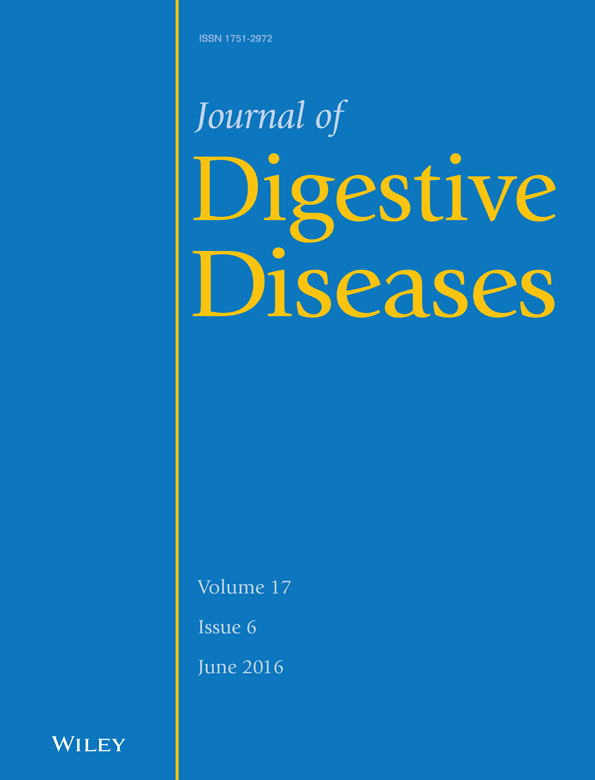Cyanoacrylate therapy for the treatment of gastric varices: a new method
Abstract
Objective
Cyanoacrylate (CYA) injection is recommended for bleeding gastric varices (GV) but with significant adverse effects. Transesophageal endoscopic ultrasound-guided therapy of large GV with a combined coil and CYA injection has shown promising results. However, it is expensive and requires technical expertise. In this study, we aimed to compare the safety and efficacy of a new method with UCYA [undiluated CYA (UCYA) followed by lipiodol-diluated CYA (DCYA)] in the management of large bleeding GV.
Methods
Fifteen consecutive patients with bleeding from large GV (>1 cm) were prospectively treated with DCYA and another 15 patients treated with UCYA retrospectively. All patients in the DCYA group underwent thoracic computed tomography scan to identify glue embolism.
Results
Baseline characteristics were similar between the two groups. Rates of GV obliteration and rebleeding were 100% vs 93.3% (P = 0.309) and 6.7% vs 33.3% (P = 0.06) in the DCYA and UCYA groups, respectively. One patient in the UCYA group had needle fixation which led to fatal bleeding after forceful needle extraction. In DCYA group none had glue embolism.
Conclusions
Both UCYA and DCYA are effective in treating bleeding from large GV. DCYA has lower rebleeding rates and tends to have fewer adverse events than UCYA injection, although the differences are not statistically significant. Large-sample-sized prospective randomized trials are required.




